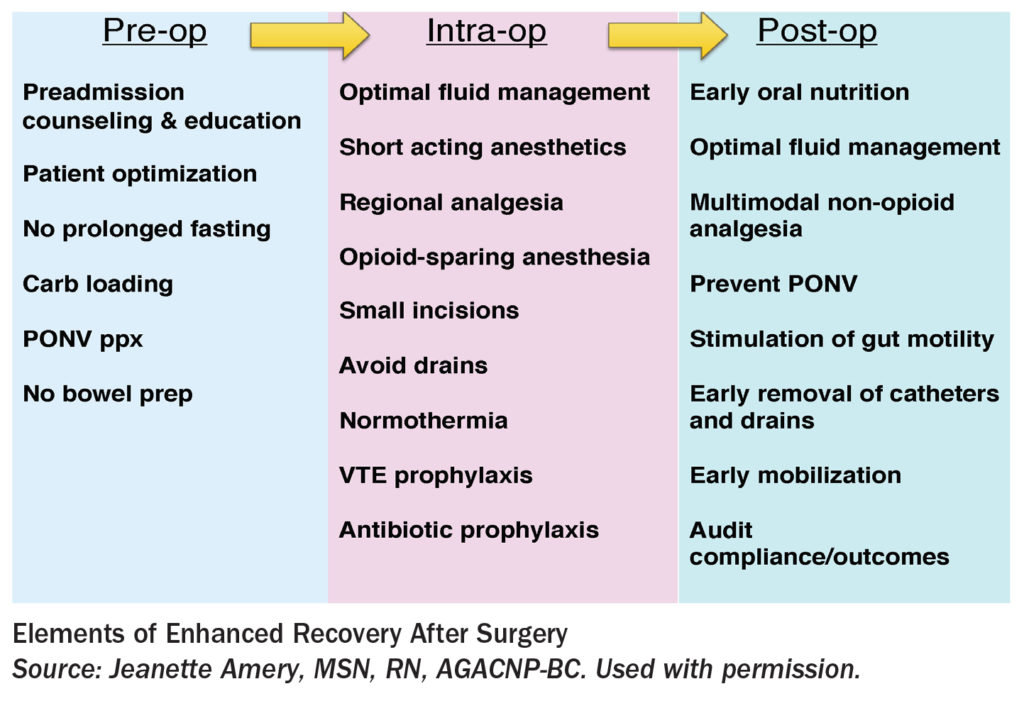Hospital’s anesthesia reforms slash carbon footprint, expenses

Editor's Note Universitätsmedizin Berlin reduced anesthesia-related carbon emissions by more than 80% since 2018 by eliminating high-impact anesthetic gases, implementing education initiatives, and revising clinical guidelines, according to a February 27 report in Medical Xpress. The hospital’s efforts targeted desflurane, an anesthetic gas with an extreme climate impact—nearly 8,000 times…
Study links intraoperative synthetic opioids, worse postoperative pain

Editor's Note Using powerful synthetic opioids remifentanil and sufentanil during surgery increases risk of patients suffering during recovery, according to a study in the journal Regional Anesthesia & Pain Medicine. HealthDay reported the news February 27. According to the article, researchers analyzed data from 971 patients who underwent surgery—37% orthopedic…
Study: Machine learning model improves perioperative pain assessment

Editor's Note A new machine learning model using photoplethysmogram (PPG) data more accurately assesses pain during and after surgery compared to existing commercial methods, according to research published January 24 in Nature’s npj Digital Medicine. Analyzing data from 242 patients, researchers developed an XGBoost-based model to assess intraoperative and postoperative…
Infection control guidelines focus on regional anesthesia, pain management

Editor's Note New infection control recommendations from the American Society of Regional Anesthesia and Pain Medicine (ASRA Pain Medicine) are purportedly the first comprehensive guidelines tailored specifically for regional anesthesia and interventional pain management procedures, such as cortisone injections and drug-delivery implants. As detailed in the organization’s January 21…
Study: Blood thinner, NSAID combination raises bleeding risk

Editor's Note Research reveals combining non-steroidal anti-inflammatory drugs (NSAIDs) with blood thinners heightened bleeding risk across multiple organ systems, HealthDay reported November 18. The study analyzed nearly 52,000 Danish patients prescribed blood thinners between 2012 and 2022, examining NSAID interactions with multiple anticoagulants including rivaroxaban, apixaban, dabigatran, edoxaban, and warfarin.…
Blast from the past: Best practices for successful implementation of ERAS

Enhanced Recovery After Surgery (ERAS) represents a transformative approach in modern surgical care, emphasizing evidence-based, multidisciplinary protocols to optimize patient recovery. Spanning decades, ERAS has grown from a novel concept into a global standard for perioperative care, with benefits that include shorter hospital stays, fewer complications, and reduced healthcare costs.…
Research reveals racial disparity in postoperative pain management

Editor's Note Black patients are less likely to receive multimodal analgesia and more likely to be given additional oral opioids compared to white patients, according to research presented at the Anesthesiology 2024 annual meeting. According to an October 20 report on the retrospective study from the American Society of Anesthesiologists,…
Study: Single-syringe pump reduces OR propofol waste

Editor's Note Research published in the British Journal of Anaesthesia suggests that switching to a single syringe pump for both induction and maintenance of anesthesia could significantly cut propofol waste in operating rooms. EurekAlert! published the news October 29. Propofol waste accounts for up to 45% of medication waste in…
Music therapy reduces opioid use, anxiety in surgical patients

Editor's Note Music-based interventions administered preoperatively, intraoperatively, and postoperatively can significantly reduce postoperative opioid use and improve mood in patients undergoing same-day surgeries, according to research published October 15 in the Journal of Clinical Medicine. The single-center, prospective, randomized controlled trial evaluated 75 patients aged 18 to 80 who received…
Outpatient, ASC clinicians share perspectives on upcoming NOPAIN Act implementation

Editor's Note On October 14, Anesthesiology News published a monograph featuring clinical perspectives on how “those working in the trenches of postsurgical pain management” are preparing for the Non-Opioids Prevent Addiction in the Nation (NOPAIN) Act, which outlines new, separate Medicare reimbursement for certain non-opioid analgesics in outpatient and ambulatory…

 Free Daily News
Free Daily News